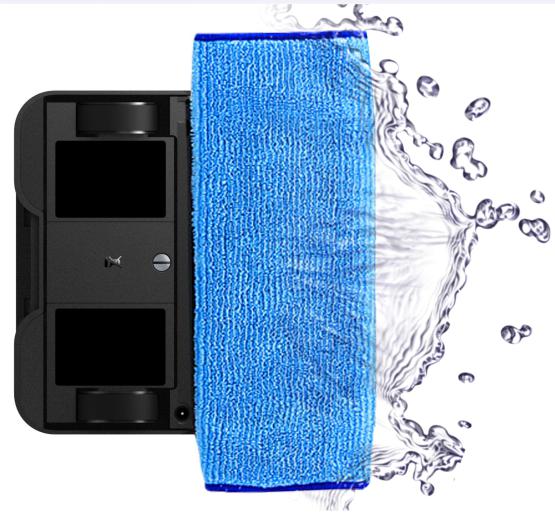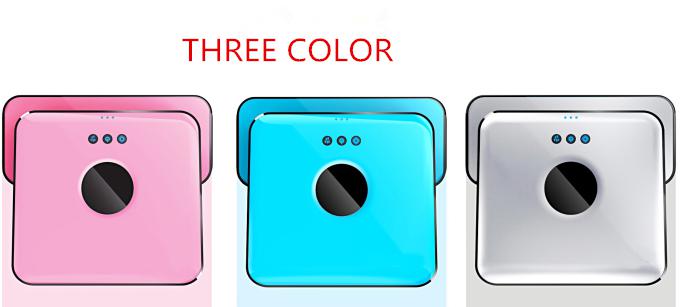Please download the white paper for the full text and circuit diagram:
Resistor-capacitance step-down principle and typical application circuit
The conventional method of converting AC mains to low-voltage DC is to use a transformer to step down and then rectify and filter. When limited by factors such as volume and cost, the simplest and most practical method is to use a capacitor buck power supply.
First, the circuit principle
Second, the device selection
Third, the design example
In Figure 2, C1 is known to be 0.33μF, and the AC input is 220V/50Hz. The maximum current that the circuit can supply to the load is obtained. The capacitive reactance Xc of C1 in the circuit is:
Xc=1 /(2 πf C)= 1/(2*3.14*50*0.33*10-6)= 9.65K
The charging current (Ic) flowing through capacitor C1 is:
Ic = U / Xc = 220 / 9.65 = 22mA.
Generally, the relationship between the capacity C of the step-down capacitor C1 and the load current Io can be approximated as follows: C = 14.5 I, wherein the capacity unit of C is μF, and the unit of Io is A. Capacitor buck power supply is a non-isolated power supply. Pay special attention to isolation and prevent electric shock in application.
Fourth, note:
Five, the principle of capacitor step-down
Sixth, what is the calculation of the RC circuit?
Seven, questions and answers
I want to make a resistor-capacitor step-down circuit, using a capacitor and a resistor to reduce the 220VAC step-down to 6VDC, so that the LED can work without a transformer. However, I don't know what kind of resistors are used to calculate how much power is used, and which capacitors and capacitors are used. What kind of calculations are these?
Question added: What is the size and resistance of the buck capacitor and the buck resistor, and what kind of capacitor or resistor? ? What is the capacity of the filter capacitor?
Summary of RC circuit
Note 1: Circuit shortcomings: high voltage is not isolated, there is a danger of electric shock.
Note 2: When designing the circuit PCB, pay attention to the creepage distance between L-line and N-line. Various product requirements are different. Recommended value: >4mm.
As it moves throughout your home, Mopping Vacuum Robot can clean wooden floor, PVC floor and tile floor. Robot mopping vacuum use the artificial ground cleaning method to transfer the center of gravity of the body to the rag, to achieve Mopping Robot vacuum more powerful and clean. Specifically, Wet mop (remove stubborn stains) and dry wipe (wipe hair crumbs) are flexible to choose because of water tank.
Why you choose it?
(1)Two models of wet mop and dry wipe, mopping robot cleaner give you more choice.
(2)Automatic path planning, sweeping more thoroughly.
(3)Intelligent anti-collision and anti drop, a more suitable robot floor cleaner for you.


Mopping Vacuum Robot
Mopping Vacuum Robot,Floor Clean Robot,Mopping Robot,Mop Vacuum Cleaner Robot
Zhengzhou Bangmi Smart Technology Co., Ltd. , http://www.globalcleanrobot.com